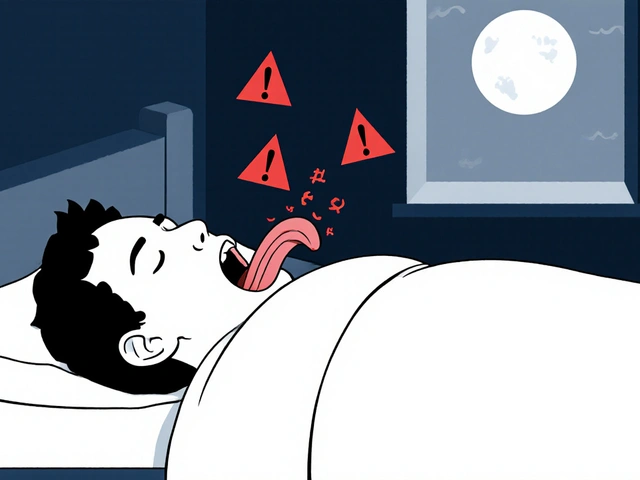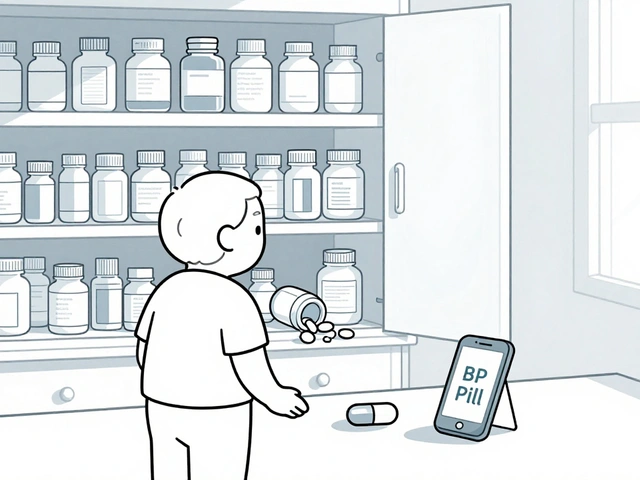Eczema Basics: What It Looks Like and Why It Happens
If you’ve ever scratched a red, itchy patch on your arm or leg, you’ve probably dealt with eczema. It’s not just a minor irritation – it’s a chronic skin condition that loves to flare up when you least expect it. The good news? You can recognize the signs, spot common triggers, and take steps to keep the itching under control.
Eczema, also called atopic dermatitis, usually shows up as dry, scaly patches that turn red and inflamed. The skin may crack, weep, or thicken over time. Most people first notice it in childhood, but adults can develop it too, especially if they have a family history of allergies, asthma, or hay fever.
How to Spot an Eczema Flare‑Up
Knowing when eczema is kicking in helps you act fast. Look for these tell‑tale signs:
- Intense itching that makes you want to scratch all day.
- Redness that can spread quickly across a small area.
- Dry, flaky skin that feels rough to the touch.
- Small blisters that may burst and ooze clear fluid.
- Thickened, leathery skin after repeated scratching.
If you catch a flare early, you can prevent it from getting worse with targeted care.
Common Triggers and Easy Ways to Avoid Them
Everyone’s skin reacts differently, but a few culprits show up again and again:
- Weather changes – Cold, dry air strips moisture from skin. Use a humidifier indoors and a thick moisturizer after showering.
- Harsh soaps – Fragranced body washes can strip natural oils. Switch to fragrance‑free, sulfate‑free cleansers.
- Stress – Emotional tension can spark an immune response that worsens eczema. Simple breathing exercises or short walks can calm the nervous system.
- Allergens – Dust mites, pet dander, or certain foods may flare symptoms. Keep bedding clean, vacuum with a HEPA filter, and note any foods that seem to make your skin itchier.
- Sweat – Heavy exercise or hot showers can lock sweat under the skin, causing irritation. Rinse off gently and pat dry, then moisturize.
Keeping a short diary of flare‑ups and what you ate, wore, or felt that day helps you spot patterns faster.
Now that you know what to look for, let’s talk treatment.
Quick Relief Options You Can Try at Home
When itching hits, reach for these simple fixes before you grab a prescription:
- Cool compresses – A damp cloth chilled in the fridge for a few minutes soothes the skin and reduces inflammation.
- Moisturize while damp – Apply a thick, fragrance‑free cream or ointment (like petroleum jelly) right after a shower while the skin is still slightly wet. This traps water where it belongs.
- Oatmeal baths – Add colloidal oatmeal to a lukewarm bath. It calms itching and forms a protective barrier.
- Hydrocortisone cream – Over‑the‑counter 1% hydrocortisone can tame mild flare‑ups. Use it sparingly and only on affected spots.
- Anti‑itch lotions – Products containing pramoxine or calamine give a cooling effect that distracts from the itch.
If OTC options don’t help within a week, it’s time to see a dermatologist. Prescription creams, phototherapy, or newer biologic drugs can target deeper immune pathways.
Beyond medicine, lifestyle tweaks make a big difference. Drink plenty of water, eat a balanced diet rich in omega‑3 fatty acids (think salmon, walnuts, flaxseed), and avoid scratching by keeping nails trimmed short.
Remember, eczema isn’t a one‑size‑fits‑all problem. The best plan combines trigger awareness, daily skin care, and the right treatment when needed. Stick with the basics, stay consistent, and you’ll notice fewer flare‑ups and calmer skin.



